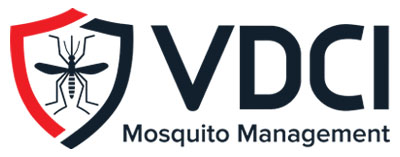
Why is Integrated Tick Management (ITM) the Right Approach?
Important Steps to Understanding the Tick Population in an Area
Virtually every person who has enjoyed the outdoors has had to contend with ticks at some point. On one level, ticks are a basic nuisance. On a higher level, they are the principal arthropod of vector-borne diseases in North America. For this reason, it is vital to take a proactive approach to prevent and control serious tick-borne diseases such as Lyme disease, Rocky Mountain spotted fever, ehrlichiosis, and babesiosis.
VDCI believes that any Integrated Tick Management program should strive to control the local population of ticks with minimal impact on the environment and non-target organisms and simultaneously reduce the risk of tick-borne disease transmission.
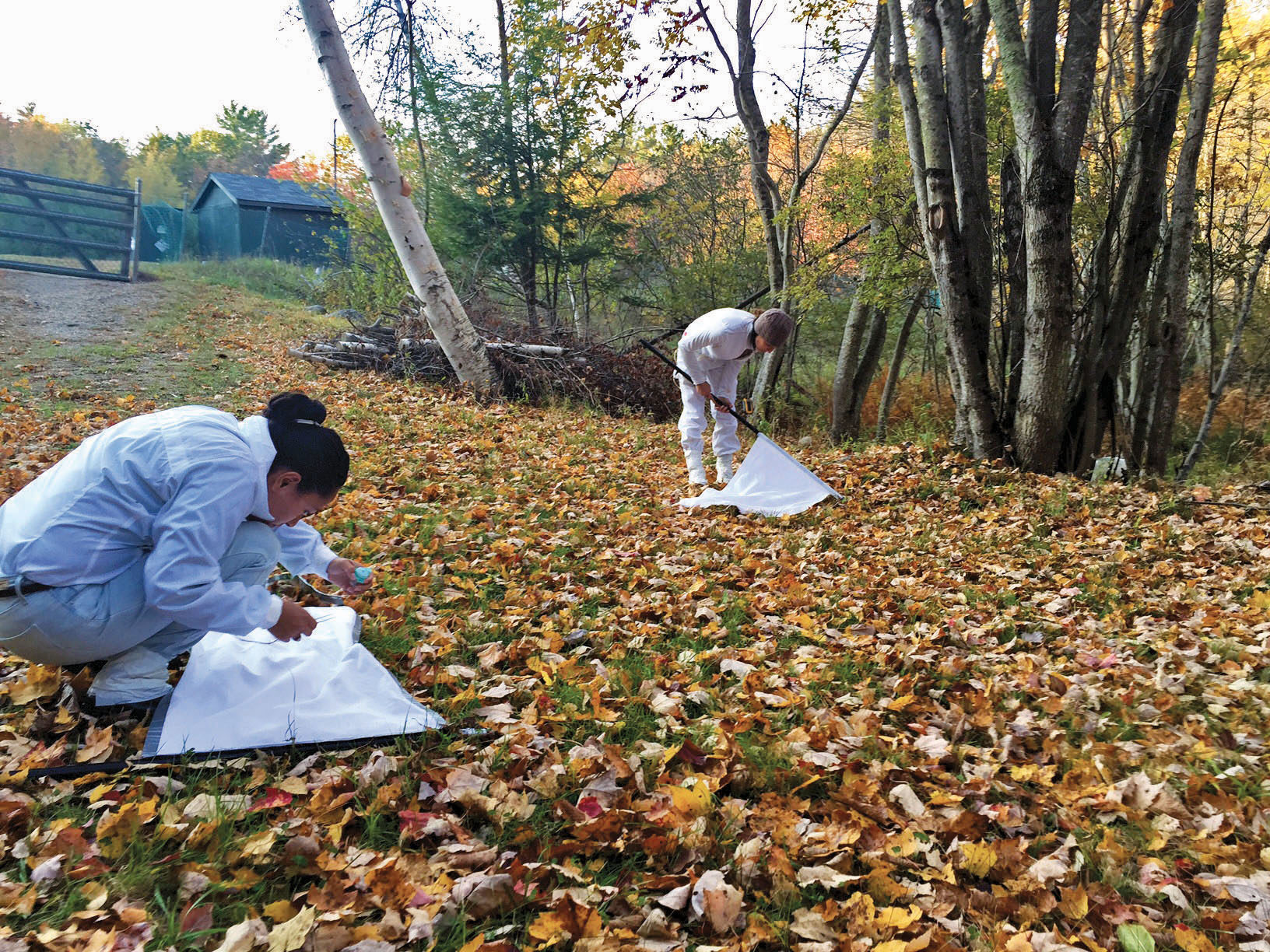 1: Public Education and Public Relations
1: Public Education and Public Relations
Educational materials that are readily available to the public should detail the various ways people can limit tick exposure and should include information on personal protection as well as awareness and disease information.
2: Inspection and Surveillance
The cornerstone of any successful ITM program is surveillance. Identification of tick species and knowledge of their bionomics focuses control efforts on the areas of concern. After surveillance of the tick and host populations in an area, an accurate picture of the vector dynamics can be developed.
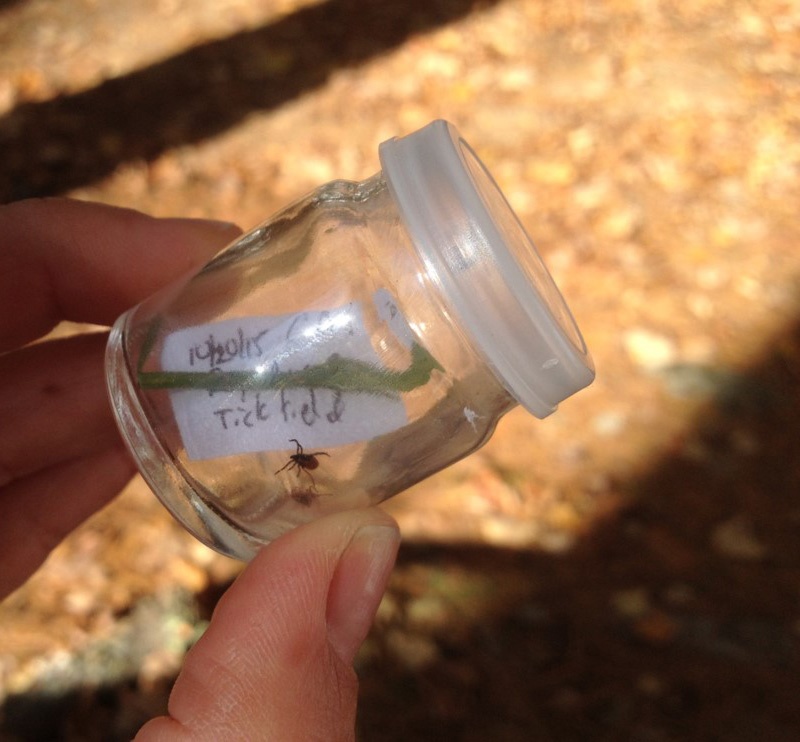
3: Disease Testing
We are capable of testing ticks, via approved PCR assays, for a range of common tick-borne pathogens. Through testing, we can determine the incidence of tick-borne pathogens that may cause a threat to the health and well-being of residents in that area.
4: Control Measures
Successful control of tick populations is dependent on the integration of a number of strategies including host-targeted devices and landscape management. When required, we only apply pesticides approved by the Environmental Protection Agency (EPA) for the control of ticks.
Superior Tick Management Services
Landscape Management/Habitat Modification
 Landscape management is a non-chemical strategy to lessen tick habitat. Reducing potential exposure to ticks by making environments unattractive to their hosts and unsuitable for tick survival should be an integral part of any tick management program. Habitat modification strategies include:
Landscape management is a non-chemical strategy to lessen tick habitat. Reducing potential exposure to ticks by making environments unattractive to their hosts and unsuitable for tick survival should be an integral part of any tick management program. Habitat modification strategies include:
- Removing host harborage areas
- Removing leaf litter and plant debris from landscaped areas
- Trimming tall grass and overhanging shrubs
- Maintaining wooded trails
- Using woodchip barriers
Application Methods for Reservoir Hosts
Nymphal and adult ticks become infected with disease-causing agents when they feed on reservoir hosts. Many studies suggest that white-footed mice are the main reservoir host for Lyme disease, babesiosis, and anaplasmosis. Adult deer ticks often prefer medium to larger-sized mammals, such as deer. We utilize several devices that are designed to attract and directly apply pesticide to these hosts. These control methods greatly reduce the number of infected ticks in an area, and the products used are not harmful to the mice or deer.
Mouse Targeted Devices: Tick Tubes
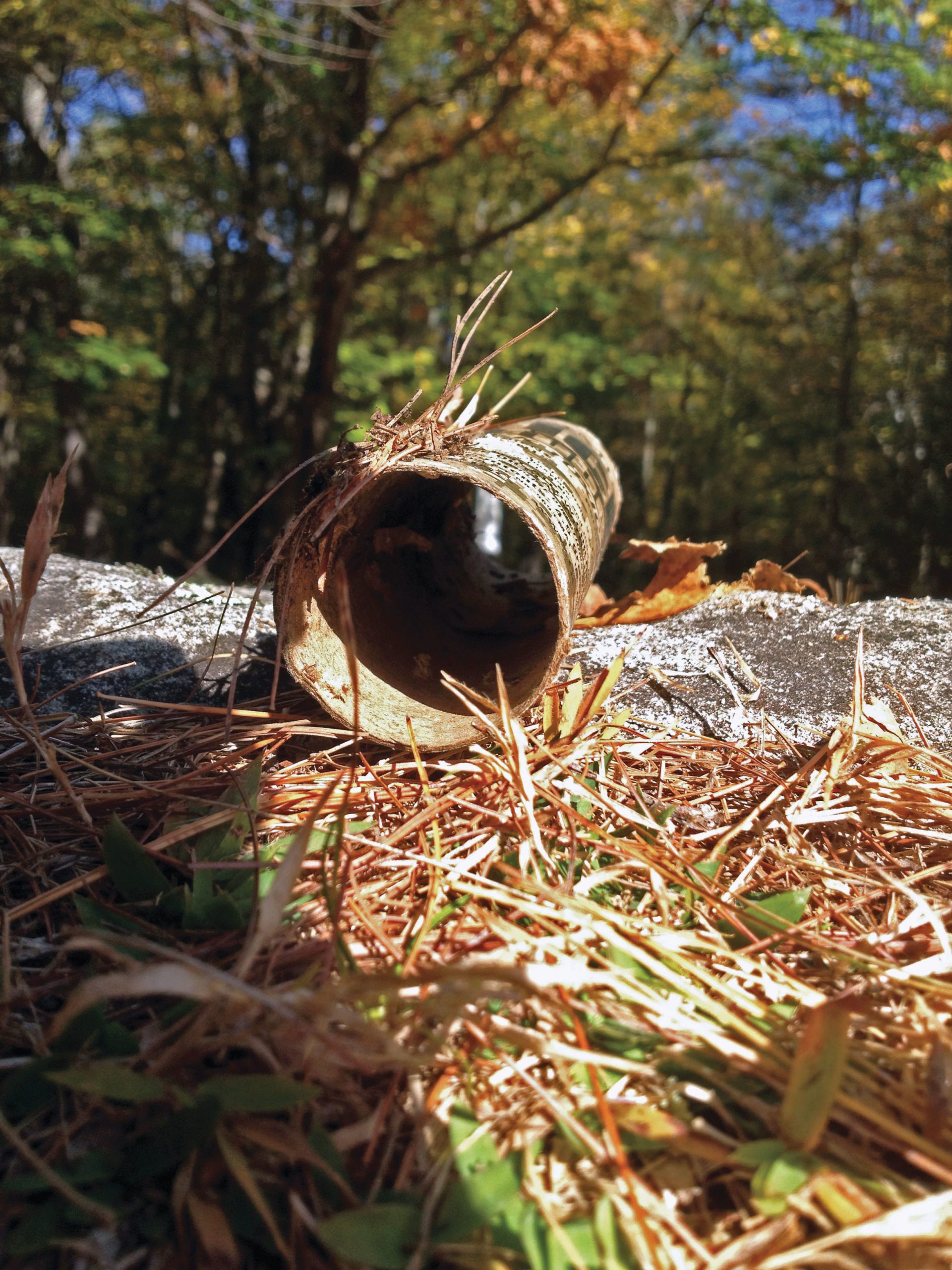 Tick tubes are host-targeted devices filled with cotton nesting materials laced with Permethrin. When the tubes are placed in mouse breeding habitats (e.g. stone walls, brush piles, wood piles) mice will use the materials and place it in their nests causing any live ticks to detach and die. Tick tubes are biodegradable and the risk for environmental contamination is extremely low.
Tick tubes are host-targeted devices filled with cotton nesting materials laced with Permethrin. When the tubes are placed in mouse breeding habitats (e.g. stone walls, brush piles, wood piles) mice will use the materials and place it in their nests causing any live ticks to detach and die. Tick tubes are biodegradable and the risk for environmental contamination is extremely low.
Deer Targeted Devices: 4-Poster Bait Stations
4-Poster Bait StationsThe 4-poster bait station consists of a central feed bin for baiting deer and two application stations at either end of the unit. As deer feed on the corn bait the device forces them to rub against applicator rollers which apply pesticide to the ears, neck, head, and shoulders, where the majority of the adult ticks are attached and feeding.
Residual Application
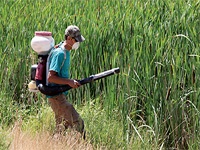 Residual application methods are often used in combination with host-targeted devices and landscape management in order to gain the best control of larval, nymphal, and adult ticks while maintaining minimal environmental impact. When required, VDCI applies pesticides approved by the Environmental Protection Agency (EPA) for the control of larval, nymphal, and adult ticks. These safe and effective insecticides are delivered by means of hand-held application equipment, such as a spreader or backpack sprayer. All of our equipment is equipped with the latest in GPS and GIS technology to provide detailed reporting on all applications.
Residual application methods are often used in combination with host-targeted devices and landscape management in order to gain the best control of larval, nymphal, and adult ticks while maintaining minimal environmental impact. When required, VDCI applies pesticides approved by the Environmental Protection Agency (EPA) for the control of larval, nymphal, and adult ticks. These safe and effective insecticides are delivered by means of hand-held application equipment, such as a spreader or backpack sprayer. All of our equipment is equipped with the latest in GPS and GIS technology to provide detailed reporting on all applications.
Why are VDCI’s ITM Programs the Right Approach?
Surveillance, source reduction, public education, habitat manipulation, and residual application are all important components of an Integrated Tick Management program.
- Our surveillance provides you with valuable data that is captured and analyzed in our proprietary database.
- Our data helps you make better decisions, which leads to better results.
- Our commitment to educate the public and only take action when nuisance or disease risk is high is more environmentally friendly.
- Our targeted action reduces the risk of developing pesticide resistance.
VDCI is a company built on the foundations of public health, ethics, professionalism, and technical expertise. We establish vector management programs that are based on an understanding of the underlying vector’s ecology and rooted in the current science of environmentally sound control measures.
We are committed to protecting public health through excellence in vector control. Start your ITM program with us today!


